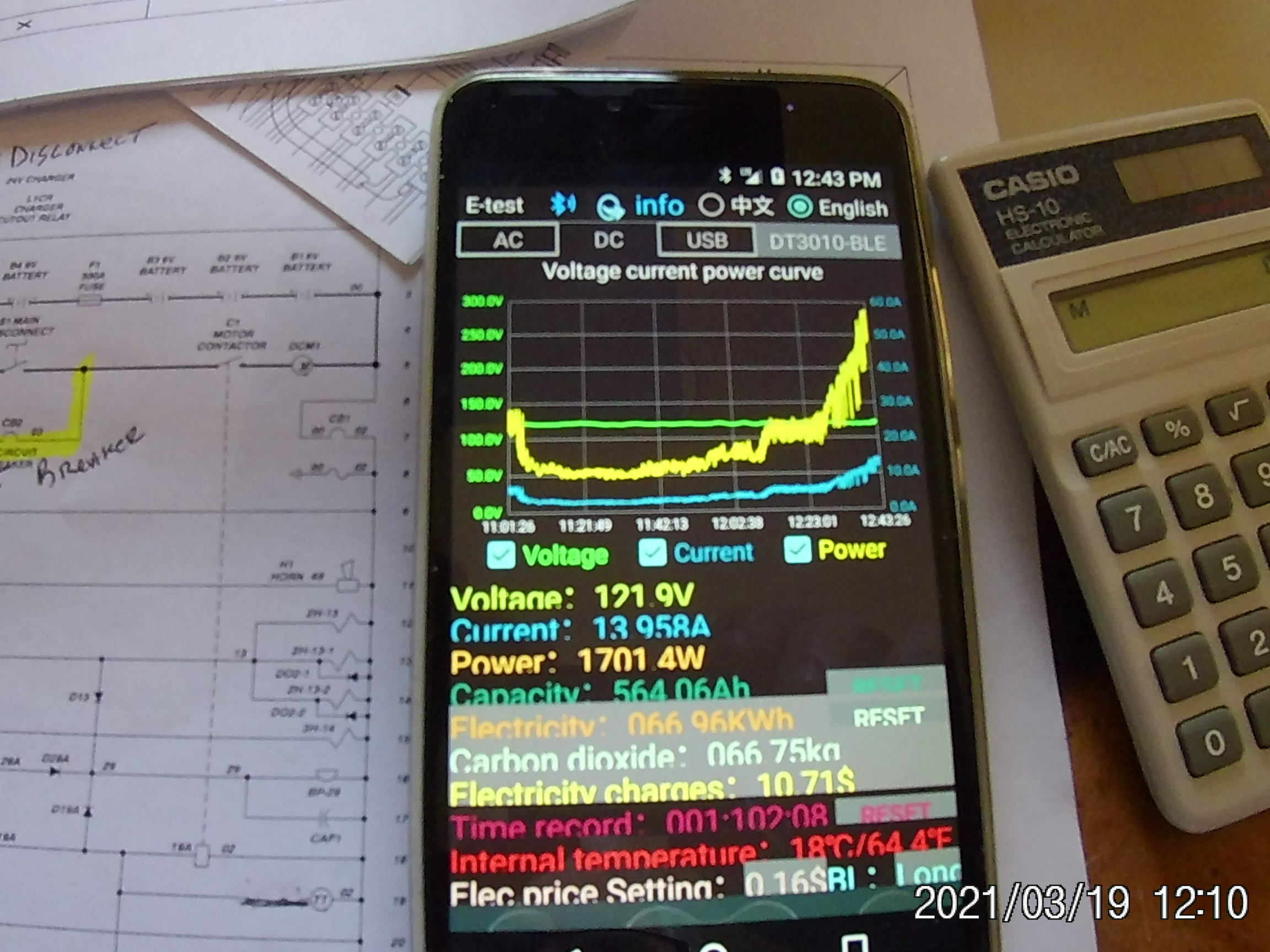Thought it was time to post a project again. This is free hot water from energy you normally waste.
This is just a beginning explanation of the high efficiency power point tracking water heater board. It is good
up to 200V open circuit and about 12A. Actual use is limited by the FET and capacitors chosen. there really isn't
any need to go over that though it could. Additional power should be accomplished by switching in additional heaters
based on total current. This can be used in parallel with any MPPT or PWM charge controller to divert any excess
power not being used for charging. It does not take any power from a CC need any battery or put extra load on your
inverter. It is capable of tracking power point as panels heat up and cool. The device runs very cool and produces
no EMI. Arc Interrupt capability allows standard mechanical thermostats to be used without damage. I've ben running
this technology for many years at my camp it is flawless and built to last. The principals will be explained in future
posts. All IC's are generic and will be available for more than 20 years. FET screw int terminals and can be replaced
by the user.
In the simplest use, the solar array connects to the left side of the board and the water heater to the right. Lower
connectors are for options of external voltage control, heater LED, remote temperature sensor, external power and
electronic thermostat/on off switch. Voltage can be set with on board pot.
This is the display of a Hidance/Atorch 300V 100A bluetooth power meter on my phone. The time is 11am to 12:40pm
when there is partial shading. Note the PV voltage in green remains constant as the current in blue changes. The
green dies change as the temperature of the panels causes the power point to change. Yellow on the chart
is the power which has no relative scale. Entertaining, but many things keep this from being a useful device. It
comes with no instructions even though it states it does. You are le to a video of a phone taken from about 3
feet away which only barely hows the steps to load the software. I have been not able to find operating instructions
on the internet. If you have found some, please share. Fooling around I have been able to figure some things out.
It definitely requires someone who is a maestro with their fingers. There seems to be many things yet to be found which
this software can do. Startup is going into apps on your phone and searching for E-test. The bluetooth device will
be DT3010 with 3 letters on the end which define the device if you have multiple units. Bluetooth icon must be
tapped and unit selected. Location must also be turned on I guess for spying. What other use can this be? Even when
you turn this app off Chinese characters will sometimes pop up on your phone and foster paranoia. Might want to
disable app when not used. This would be a good use for your ol phone collecting dust. Oh, and the meter doesn't
store data and you have to keep the phone nearby all day. It does keep totals though. Going to English doesn't
correct all screens or the pop up comments from being Chinese. I constantly wonder what goes thru peoples minds
who sell this stuff.
Even things that are simple are complicated. There is a recording time 9:562:34 maybe that is days, minutes and
seconds. Skipping hours for easier calculations. A short time later it is 10:605:59. Not much longer the microwave
is used and it shows up as 001:90:32. Probably some new metric time I have to learn.
There is no consistency in the colors. Yellow is used for power in the graph and green in the readout. The graph of power
doesn't relate to any scale and whatever it is sometimes changes. The voltage and current scales can change with a double
tap to reduce the scale by about 2/3 each time. But, they both change. If you have high voltage and low current it becomes
useless. It is about impossible to recover when you go too far. A two finger swipe can expand the scale and the time
by going horizontal or vertical. When you go from normal 60A, this is a 100A meter, it recalculates the scale to eight
digits further reducing graphing space. No more than three digits are useful. A single finger moving on the graph can
move it up and down at times.
Getting the bluetooth to start communicating can be a challenge at times. Any interference like a microwave can stop
charting and your data will be lost. This software can be used on their other products. AC and USB will be in grey
boxes when not applicable on DC.
There is a SETUP at the bottom of the screen that seems to have no purpose. The back light on the actual meter can be
set to a timed period up to 59 seconds or on/off constantly. AH, total KWH, carbon dioxide and value of energy saved
along with the time the graph has been on. + - are used to enter energy costs. There is also the temperature of the
unit which might be useful in an overheating cabinet. And for me, I now don't have to go downstairs just to see
how things are going. Data updates are about every second so not very useful for motor startup monitoring like a
fridge. There is no way I can tell to save the screen to a file to save or share with others. Far from professional,
still a fun item for only $15.
